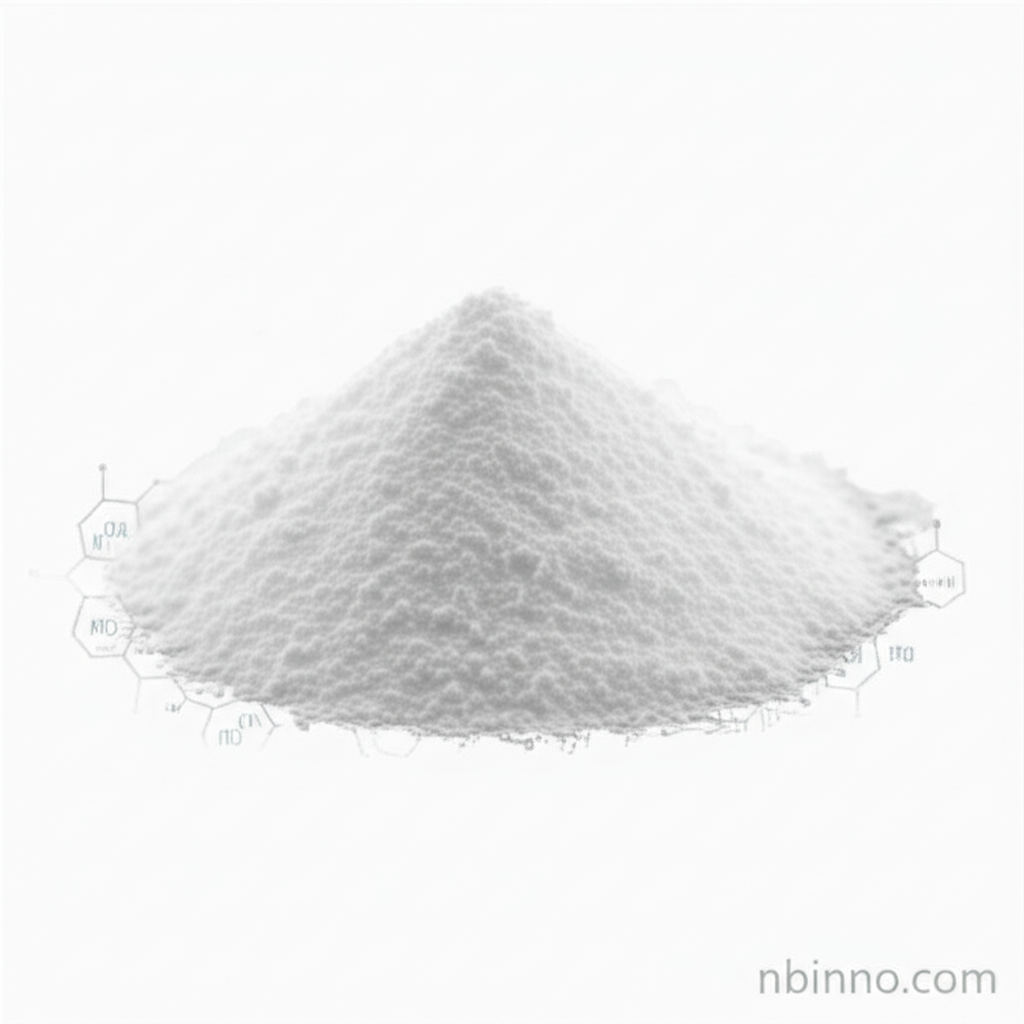Ethyl 7-Aminoheptanoate Hydrochloride: Synthesis, Applications, and Biological Significance
Discover the versatile applications and chemical significance of Ethyl 7-Aminoheptanoate Hydrochloride in modern research and development.
Get a Quote & SampleProduct Core Value

Ethyl 7-aminoheptanoate hydrochloride
Ethyl 7-Aminoheptanoate Hydrochloride is a crucial chemical compound widely utilized as an intermediate in complex organic synthesis. Its unique structure, featuring a terminal amino group and an ethyl ester, makes it an invaluable building block for creating advanced molecules, particularly within the pharmaceutical and biotechnology sectors. This compound is instrumental in developing novel therapeutics, including potential antiviral agents and precursors for enzyme inhibitors.
- Explore the crucial role of ethyl 7-aminoheptanoate hydrochloride synthesis in creating advanced pharmaceutical intermediates, paving the way for new drug discoveries.
- Understand the potential of ethyl 7-aminoheptanoate hydrochloride as a building block in crafting sophisticated molecular structures for various research applications.
- Delve into the antiviral activity of ethyl 7-aminoheptanoate hydrochloride, specifically its promise as an entry inhibitor for viruses like Ebola.
- Learn how ethyl 7-aminoheptanoate hydrochloride serves as a vital precursor for developing potent HDAC inhibitors, crucial in cancer therapy research.
Advantages of Using This Compound
Versatile Building Block
Leverage the structural flexibility of ethyl 7-aminoheptanoate hydrochloride as a key building block in pharmaceutical development and chemical research.
Therapeutic Potential
Investigate its promising biological activities, including potential as an antiviral agent and its application in the synthesis of enzyme inhibitors.
Enhanced Synthesis Efficiency
Understand how optimizing ethyl 7-aminoheptanoate hydrochloride synthesis routes can improve reaction yields and purity for demanding applications.
Key Applications
Pharmaceutical Development
Utilize this compound as a critical intermediate in the synthesis of pharmaceuticals, enhancing therapeutic efficacy for various medical conditions.
Biotechnology
Employ it in biochemical assays and the production of biopolymers, driving innovation in drug formulation and advanced material science.
Antiviral Research
Explore its confirmed role as an entry inhibitor, particularly for viruses like Ebola, contributing to the development of novel antiviral therapies.
HDAC Inhibitor Synthesis
Serve as an essential precursor in the creation of histone deacetylase inhibitors, a promising area in cancer treatment strategies.
